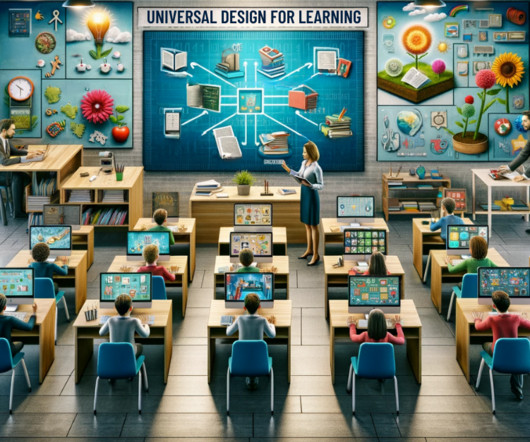Learning Styles: Fact or Fiction? What This Decades-Old Theory Can Teach Us
Waterford
OCTOBER 30, 2019
Measuring learning styles often involves an assessment such as this one from the Georgia Department of Education. Instead of planning activities based on learning styles, teachers may want to opt for a different, but better researched technique: differentiated instruction. How would you discover a student’s learning style?















Let's personalize your content